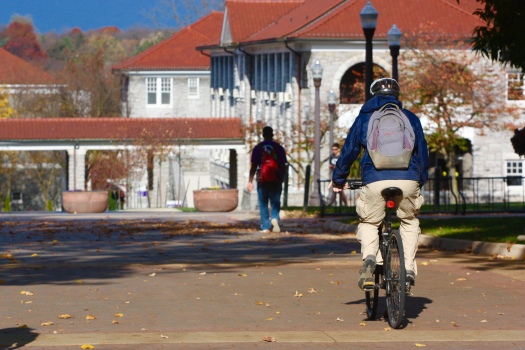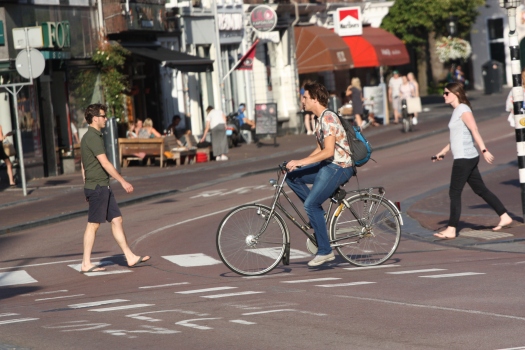 Below are a ton of different topic directions. You need to skim through them, or move through them methodically, whichever works for you, and I want you to then tell me THREE possible directions that would be intriguing to you. If nothing in the list of things below interests you, let me know. Tell me your areas of interest generally, and I’ll try to find a way to help you connect your passions with this topic.
Below are a ton of different topic directions. You need to skim through them, or move through them methodically, whichever works for you, and I want you to then tell me THREE possible directions that would be intriguing to you. If nothing in the list of things below interests you, let me know. Tell me your areas of interest generally, and I’ll try to find a way to help you connect your passions with this topic.
Direction one: Bicycling/Walking/Hiking and Tourism- I love hiking and being outside, and I’m interested in seeing what goes on behind the scenes in motivating others to get outside. I think it is very fun to get outside and enjoy nature with others. I’ve grown up being outside, as my family is a big supporter of these kinds of programs.
Direction two: Feeding bodies well and preparing ourselves physically to be able to bike or walk/Health Education- I am always trying to learn more about being healthy and I really strive to make smart decisions regarding my health. I want to be more active and I think it would be really cool to learn more about how I can both improve my own well-being and my community.
Direction three: Gender and mobility- I always like to learn about how different groups view their life experiences. You only really know the reality that you have, so I think it is very important to learn and understand certain groups and why they feel the way they do because of the things they have experienced in their lives. As a woman, I love learning about issues that affect women and what we can do as a community to make our environment more inclusive and safe for all individuals.

 Watch the JMU safety video offered to freshmen at orientation. Given the information about storytelling in the previous question, how well does our video convey concepts about pedestrians and bicycle safety to new students? What would you change, and why?
Watch the JMU safety video offered to freshmen at orientation. Given the information about storytelling in the previous question, how well does our video convey concepts about pedestrians and bicycle safety to new students? What would you change, and why?  Have a look at the government’s two documents on walkable cities and health. What’s the basic argument. How does it fit (or not fit) with Streetfight’s premise? Should JMU consider strategies for encouraging more walkable possibilities for students living off campus? Why or why not?
Have a look at the government’s two documents on walkable cities and health. What’s the basic argument. How does it fit (or not fit) with Streetfight’s premise? Should JMU consider strategies for encouraging more walkable possibilities for students living off campus? Why or why not? Read through the two chapters by Cialdini- chapter two and three; think about how his arguments might be useful in considering a safety campaign or a bicycling/pedestrian campaign designed to reduce motorist use around campus and increase bicycling/walking amongst faculty, staff, and students. Summarize the arguments.
Read through the two chapters by Cialdini- chapter two and three; think about how his arguments might be useful in considering a safety campaign or a bicycling/pedestrian campaign designed to reduce motorist use around campus and increase bicycling/walking amongst faculty, staff, and students. Summarize the arguments.